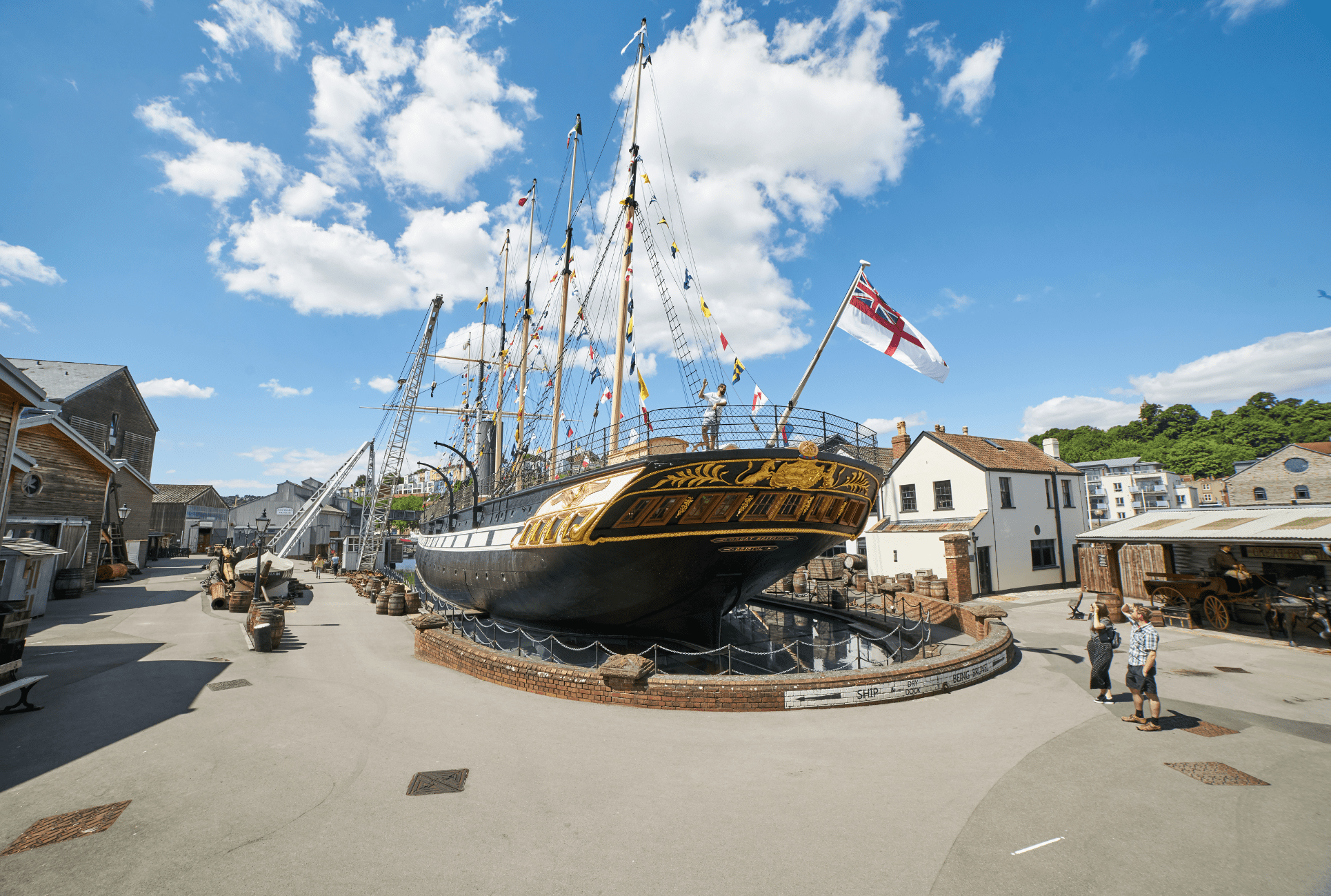“I am writing this from Melbourne, having just come back from a few days in Canberra. This may sound a bit insensitive as you’re all shivering in freezing Britain, but it’s actually cold for here at the moment – I’ve had to put on jeans and a jumper to keep warm!
“My time in Canberra was useful, though it’s not nearly as exciting a city as Melbourne. At least there wasn’t anything to distract me from my studies! I spent most of the time shut inside the massive National Library of Australia, and with the assistance of very helpful librarians, I located the family letters of the Stephen family. Ravenscroft Stephen (great name, don’t you think?) was a passenger on the 1852 voyage who married fellow passenger Mary Anne Sarah Walkden soon after their arrival in Melbourne.
“I already knew that the two families knew each other before they travelled on the ss Great Britain because they both had businesses in the Caribbean, what I hadn’t realised was that they also both campaigned for the end of the Slave Trade. The families also intermarried, like Ravenscroft and Mary Anne Sarah. I suspect it was no-coincidence that they sailed to Melbourne together. I also discovered that Ravenscroft’s parents and adult siblings followed him to Melbourne the following year, and that one of his cousins was also on the voyage. Reading Ravenscroft’s mother’s letters and diary took hours but gave me a very clear idea of the inter-weaving of these families, and how the connection continued once they reached Melbourne. It gives an even clearer picture of how their time on board ss Great Britain was one long networking opportunity, where they would meet all sorts of potentially ‘useful’ people, known or half-known to them already.
“I’ve also discovered that it wasn’t just the first class passengers who used the voyage to improve their business opportunities. I came across some letters from a young man called Thomas Adams from Bristol who wasn’t on the ship but was employed by one of the 1852 passengers once he arrived. Burton Pynsent was also from Bristol and Thomas makes it clear that he sought Burton out deliberately to ask for a job in his warehouse. Thomas also describes to his father all the other ‘Bristol people’ he meets on his daily trips to the wharfs to collect Burton’s latest cargo. I am coming across more and more examples of 1852 passengers running businesses together, supporting each other’s nomination to civic office, and owning shares in each other’s businesses etc. Melbourne at that time must have been a very unusual business environment – mostly run by very ambitious, energetic young men who already had experience in ‘trade’ or politics, and where hard work and enterprise could make you a small fortune and give you immense status very young.
“My next job is to play detective and go and talk to some Melbourne Quaker Elders about their earliest records in the hope of tracking down our elusive ‘Anonymous Quaker’ diarist. Wish me luck!”



